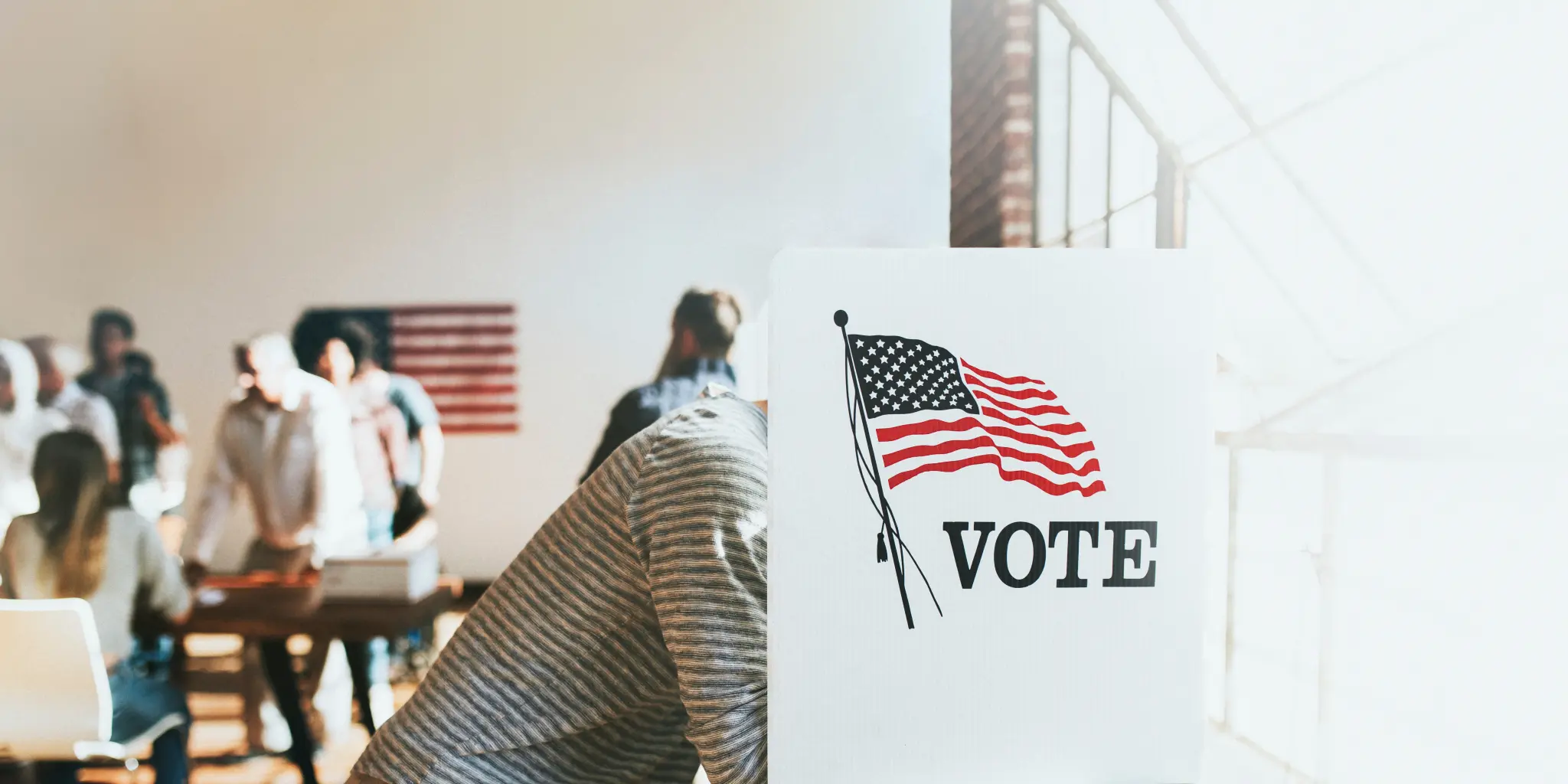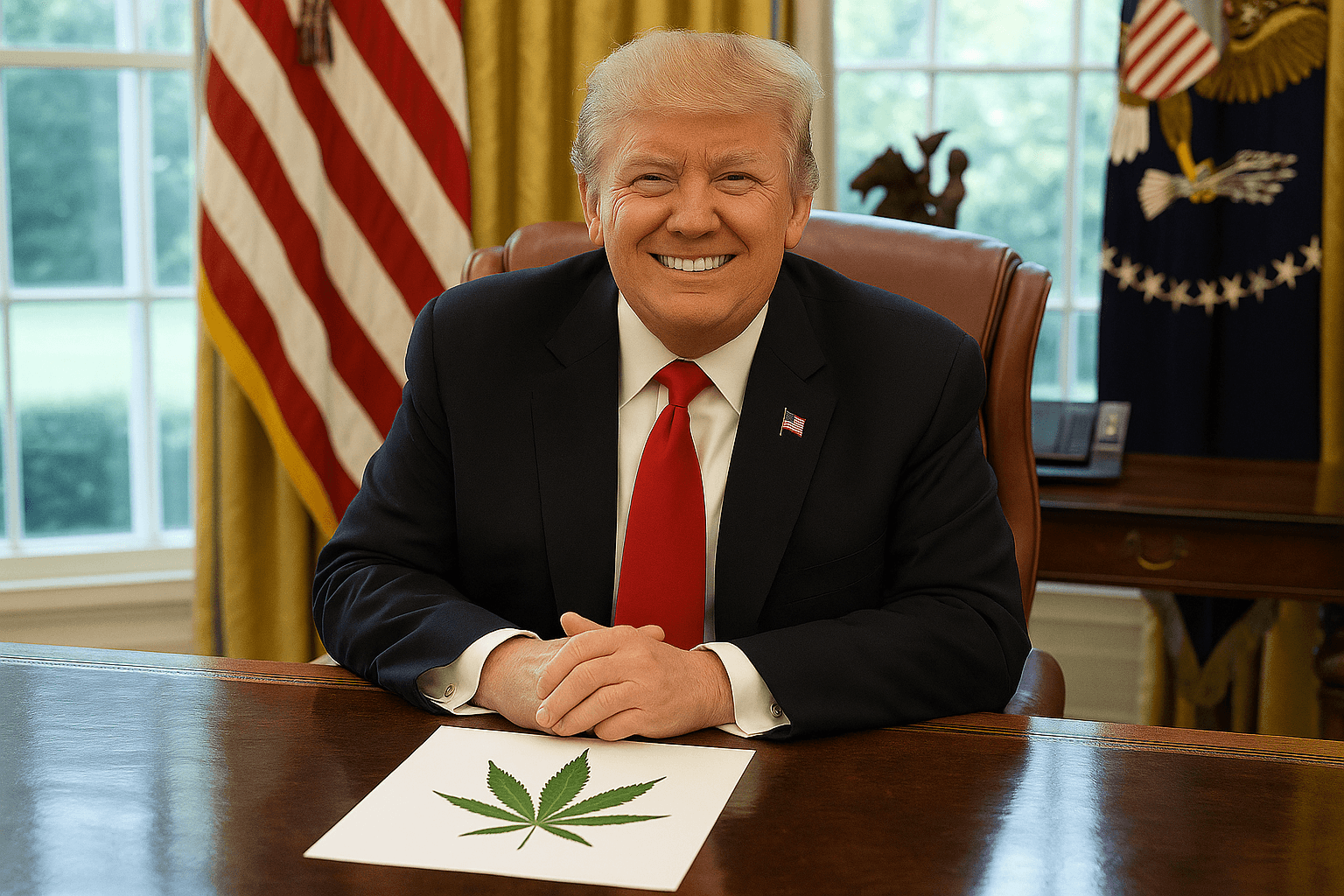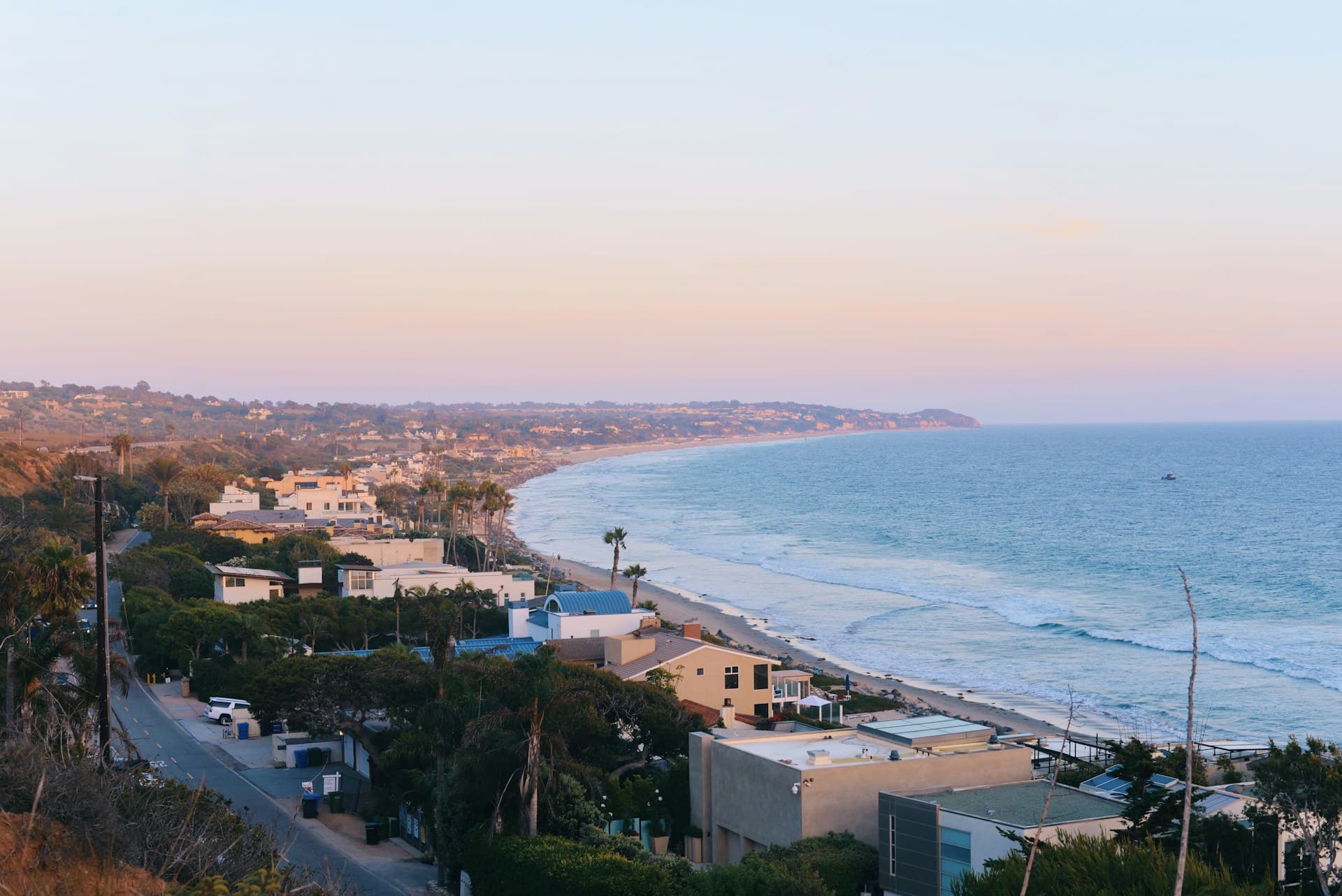Slate France Editor: Election "Makes the Principle of One Person, One Vote"

When French voters went to the polls Sunday to choose among 11 presidential candidates, they knew one thing for certain: The ultimate winner would have majority support. That’s because France elects its leader with a general election followed by a run-off between the top-two finishers.
It’s a system that accommodates expansion of the number of choices available to voters, but also ensures the winner of the popular vote takes office. And considering the long history of democracy in Europe, it’s a system that was introduced relatively recently – it dates back to the early 1960s.
FairVote supports the principle of majority winners in elections with one winner, such as president and governor. We have focused on an improved runoff model known as ranked choice voting, or “instant runoff.” The French elections show both the value of a majority system and the value of ranked choice voting as a means to achieve it.
As the two winners – independent centrist Emmanuel Macron (23.75 percent of the vote) and Marine Le Pen of the far-right National Front (21.5 percent)– began preparations for the two-week general election, we asked Jean-Marie Pottier, the editor of Slate France and an essential read on this election, to explain the history of the French system – and the way it shapes the country’s politics and enhances the idea that every vote must count equally.
What is the history of the primary and run-off process in France? Why was it adopted?
The direct presidential election with a run-off was adopted in 1962 thanks to a fairly controversial referendum, approved by 62 percent of the voters. Elected president in December 1958 by an electoral college of 80.000 people (congressmen and delegates from the departments and the municipalities), Charles De Gaulle had planned that reform for a few months, but the decisive impulse was a near-successful murder attempt on him at the end of August 1962, near Paris. He wanted his successor to be elected directly by the French people because he feared that he would not have his historical legitimacy. That's why he also chose the system of the runoff, to make sure that the elected president would have a majority of the votes, not a plurality.
What are the advantages of this system as far as bringing more voices and choices into the electoral process?
The main advantage of this system, in my mind, is that it really makes the principle "one people, one vote" true. You do not have the same phenomenon in congressional elections, where, in France as in the U.S., some districts are not competitive and the votes of the opposition voters feel "lost." With our presidential election, a radical left voter in a far-right district, or a far-right voter in a socialist district, can feel that his voice is really taken into account.
How well has it worked? There are three fairly recent examples of second-place finishers winning the presidency -- how has that happened?
I will answer your easiest question first, the one about the second-place finishers. I assume you are speaking about the elections of 1974, 1981 and 1995, where the runner-up in the first round won at the end? It's fairly simple: we have a motto in presidential election that is "in the first round we choose, in the runoff we eliminate." A candidate can arrive only second in the first round (usually because there is another strong candidate on his political side – a communist for a socialist, a center-right candidate for a conservative...), if the candidates eliminated in the first round endorse him, he might win.
This system worked quite well between 1965 and the 1990s, when the French political life was organized around two poles, the left and the right, each one with several parties: the first round helped pick a champion for each side, and the runoff was a left vs right struggle.
It started bugging with the rise of the National Front, which is a “third force," a far-right party without any national alliance with the right. For example, in 2002, the incumbent socialist Prime Minister Lionel Jospin was polling at 50-50 against the sitting conservative president Jacques Chirac in the runoff, but never got to it because he only got 16 percent and the far right candidate Jean-Marie Le Pen 17 percent. Then Le Pen was then crushed 18-82 by Chirac! Usually (but this year is an exception), the system penalizes the consensual candidates and helps the most divisive ones, which is a real problem...
Continue reading the full interview here.
Photo Credit: Guillaume Destombes / shutterstock.com



